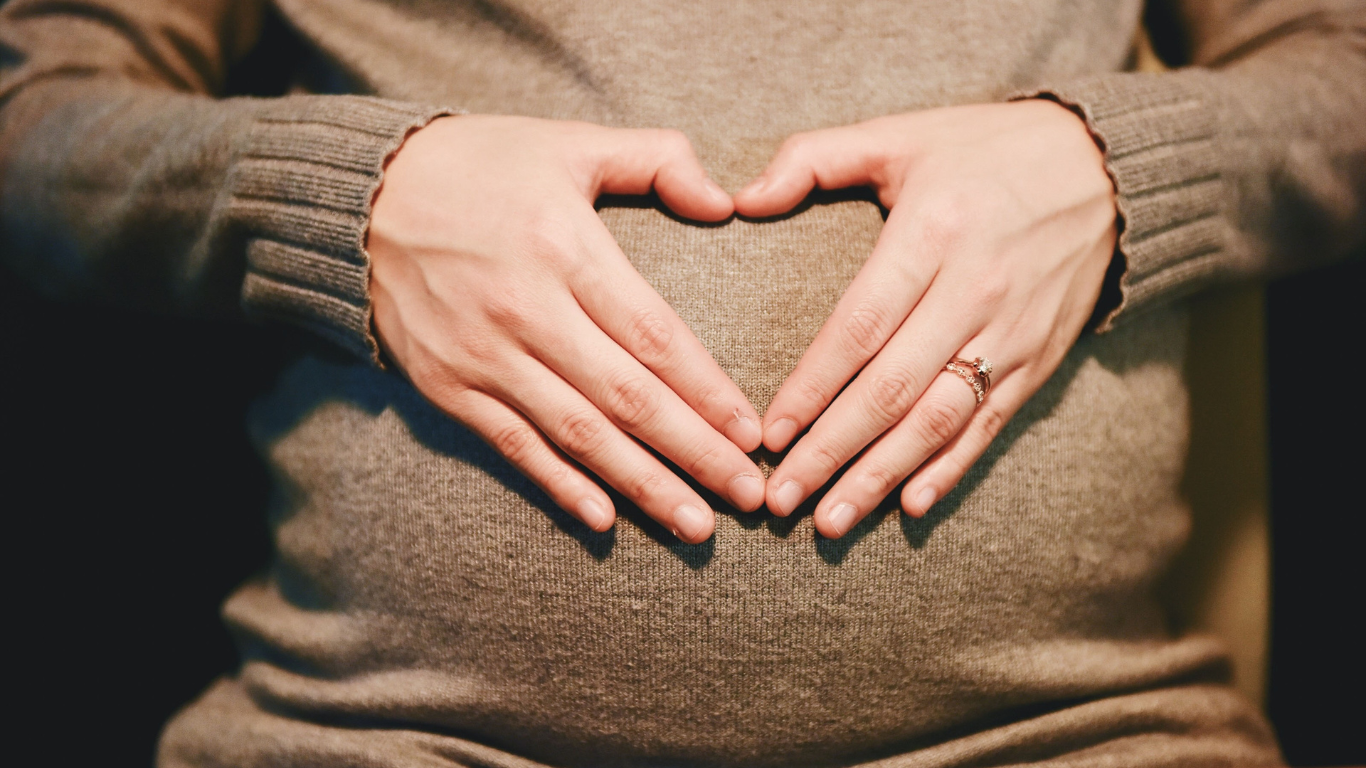
Feeling your baby move
Frequent baby movements during pregnancy is an excellent way of knowing that your baby is keeping healthy. The first foetal movements or “flutters” are usually felt by the mother between the 16th and the 20th week of pregnancy. Movements generally increase in strength and frequency through pregnancy, particularly at night, and when mom is at rest. Foetal movement counting includes kicks, turns, twists, swishes, rolls and jabs but not hiccups. Significant changes in the foetal movement pattern may help identify potential problems with your pregnancy that may need further evaluation and treatment before the baby’s heart rate is affected. In this way, it can help prevent a stillbirth. Your baby’s movements do change during the day, sometimes your baby will be very active, other times your baby will be quietly sleeping -so don’t expect your baby to move continuously 24hours a day.
Get to know your baby
Even if your baby is very active, doing the foetal movement count will allow you to be familiar with the “normal” pattern for your baby and thus you can more easily detect the gradual or sudden changes in the pattern of your baby’s movements.
Bond with your baby
You will only feel these precious movements while the baby is inside of you. Movement counting provides a special time when you can bond with the baby. It is also the time for your partner to share this unique experience with you. For most women, foetal movement typically peaks after meals, after activity, and in the evening . Do the movement count roughly at the same time every day. Get in a comfortable sitting or side lying position. Relax and dedicate this time to feel your baby’s precious movements.
What should I do if I cannot feel my baby move?
If you cannot feel your baby moving, have something sweet to eat and drink and then do what generally gets your baby moving -for some it is to take a bath, others to lie down. Contact your caregiver or the labour ward at the hospital if there is a significant change in the movements. Towards the end of pregnancy, the baby may move differently, fewer but bigger movements.